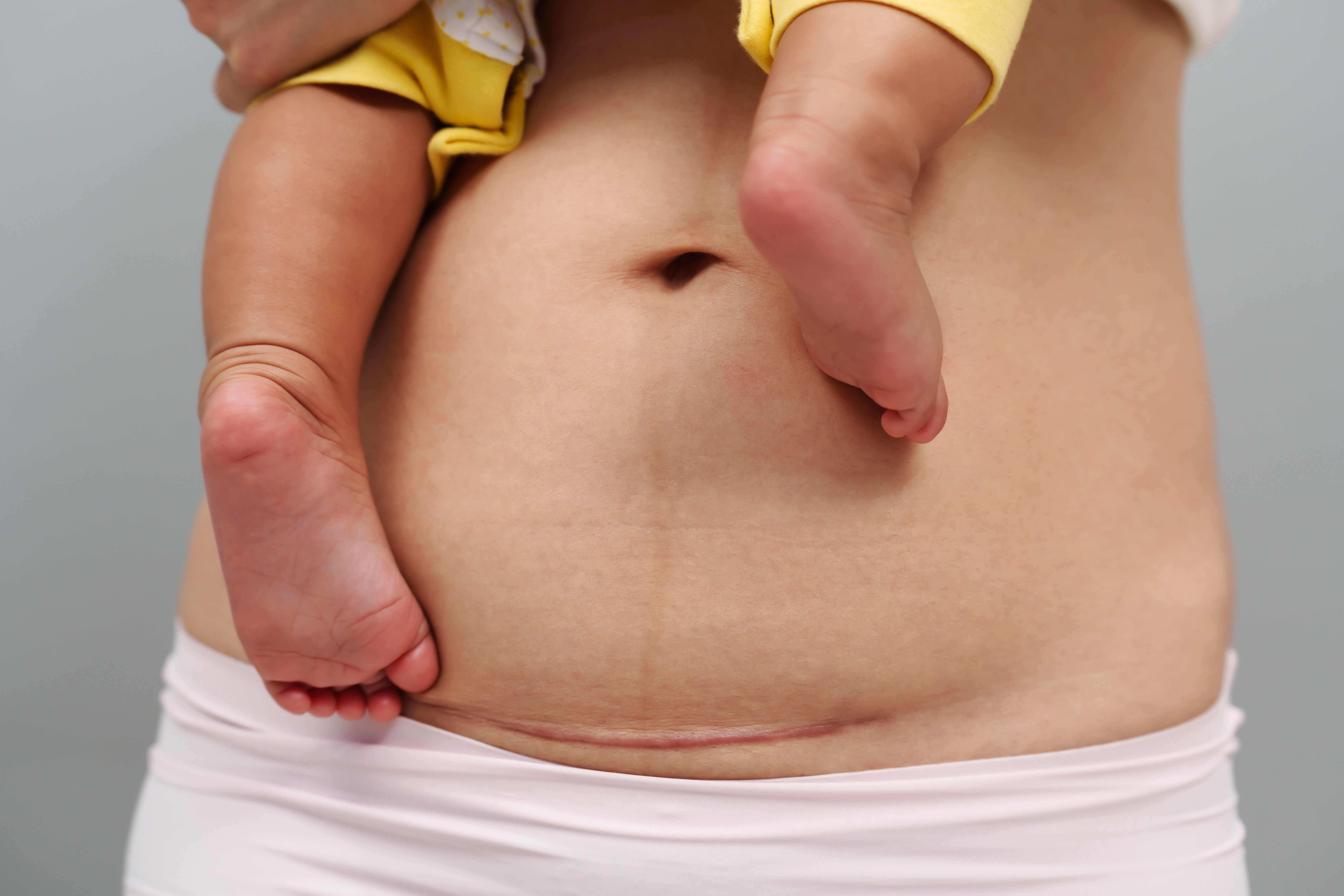The risk of urinary or anal incontinence 6 months following delivery is not affected by moderate or intensive pushing efforts among women who delivered while under epidural analgesia, according to a recent study published in the American Journal of Obstetrics & Gynecology.
Takeaways
- The risk of urinary or anal incontinence 6 months after delivery is not affected by moderate or intensive pushing efforts among women who delivered while under epidural analgesia.
- Between 6 weeks and 1 year postpartum, a significant percentage of women experience urinary and anal incontinence, with pregnancy and vaginal delivery being associated with an increased risk of pelvic floor disorders.
- The second stage of labor, where the fetal head compresses the pelvic floor, has been linked to potential stretching and damage to the pudendal nerve, which may contribute to pelvic floor disorders.
- The study conducted a planned analysis as part of the Phase Active du Second STade trial to determine the impact of moderate and intensive pushing on urinary and anal incontinence among women receiving epidural analgesia.
- The results of the study showed that there was no significant association between moderate or intensive pushing during the second stage of labor and urinary or anal incontinence, suggesting that midwives should guide women using the pushing techniques that work best for them.
From 6 weeks to 1 year postpartum, 10% to 63% of women are impacted by urinary incontinence and 3% to 10% by anal incontinence. Pregnancy and vaginal delivery are associated with an increased risk of pelvic floor disorders, but there is still debate about the mechanisms behind this association.
In the second stage of labor, the fetal head compresses the pelvic floor, potentially stretching and damaging the pudendal nerve. Multiple hypotheses have discussed an association between different types of management of the active phase of second-stage labor and pelvic floor muscles, urinary incontinence, and anal incontinence.
There is a lack of information on the impact of moderate or intensive pushing on urinary and anal incontinence. To determine the association between these factors at 6 months postpartum, investigators conducted a planned analysis of secondary objectives of the Phase Active du Second STade (PASST) trial.
The PASST trial was a multicenter randomized controlled trial that occurred between January 2017 and May 2020. Participants included nulliparous women aged 18 years and older receiving epidural analgesia for spontaneous or induced labor with a singleton term fetus in vertex position. Only women with epidural analgesia were included to be able to guide expulsion efforts during delivery.
Exclusion criteria included psychiatric condition or other disease impacting expulsion efforts, no medical insurance, uterine surgical scar presence, not speaking or understanding French, or having a fetus small for gestational age, with congenital abnormalities, abnormal heart rate before randomization, or death in utero.
Participants in the moderate pushing group were asked by midwives to push no more than twice during each contraction. These women took breaks at least once every 5 contractions, and there was no limit placed on the duration of pushing.
In the intensive pushing group, patients were asked by midwives to push 3 times during each contraction. No breaks were included in this group, and operative delivery was discussed between the midwife and an obstetrician after 30 minutes.
Maternal continence at 6 months postpartum was the primary outcome of the analysis, evaluated using the International Consultation on Incontinence Questionnaire–Urinary Incontinence Short Form (ICIQ-UI SF). The ICIQ-UI SF assessed the frequency, severity, and impact on quality of life of urinary incontinence.
Scores on the ICIQ-UI SF range from 0 to 21, with higher scores indicating greater severity. Slight incontinence is measured by a score of 1 to 5, moderate 6 to 12, severe 13 to 18, and very severe 19 to 21.
The Wexner score was used to assess anal continence, with scores ranging from 0 to 20. Scores of 0 to 4 indicated minimal incontinence, 5 to 9 moderate, 10 to 16 severe, and 17 to 20 very severe. Urinary incontinence was determined by an ICIQ-UI SF score of 1 or greater and anal incontinence by a Wexner score of 2 or greater.
There were 890 patients included in the final analysis, with similar characteristics between the moderate and intensive pushing groups. Perineal rehabilitation was reported in 84.1% of the moderate pushing group and 84.7% of the intensive pushing group.
An association was not found between moderate or intensive pushing and urinary or anal incontinence. An ICIQ-UI SF score of 1 or greater was reported in 36.6% of the moderate pushing group and 38.5% of the intense pushing group. The rates of a Wexner score of 2 or greater in these groups were 32.2% and 34.6% respectively.
Severe urinary and anal incontinence, defined by higher ICIQ-UI SF and Wexner scores, also did not differ between groups. Double incontinence was only reported in 14.6% of the moderate pushing group and 16.2% of the intensive group.
These results indicated urinary and anal incontinence are not impacted by the management of the active phase of second stage labor among women receiving epidural analgesia. Investigators concluded midwives should guide women using the pushing techniques most effective for them.
Reference
Dupuis N, Pizzoferrato A, Garabedian C, Chantry A, Le Ray C.Moderate or intensive management of the active phase of second-stage labor and risk of urinary and anal incontinence: results of the PASST randomized controlled trial. American Journal of Obstetrics & Gynecology. 2023;229(5):528.E1-528.E17. doi:10.1016/j.ajog.2023.07.034

